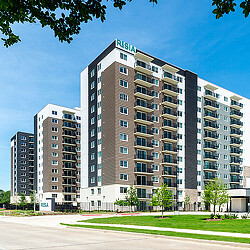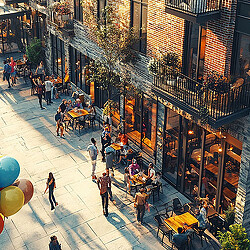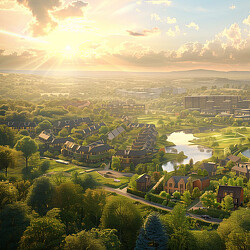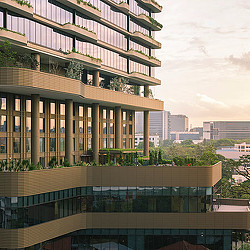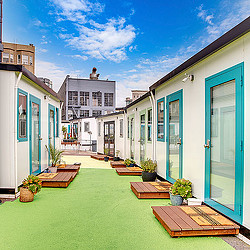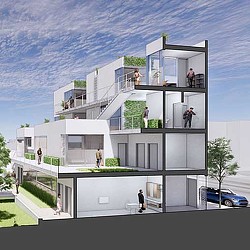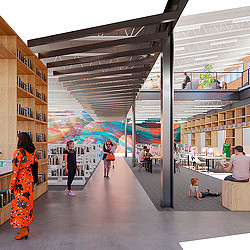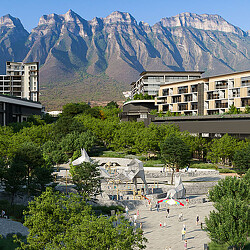How Design Can Integrate Social Value Into Residential Developments
Design plays an integral role in fostering social value and cultivating thriving communities within residential areas.
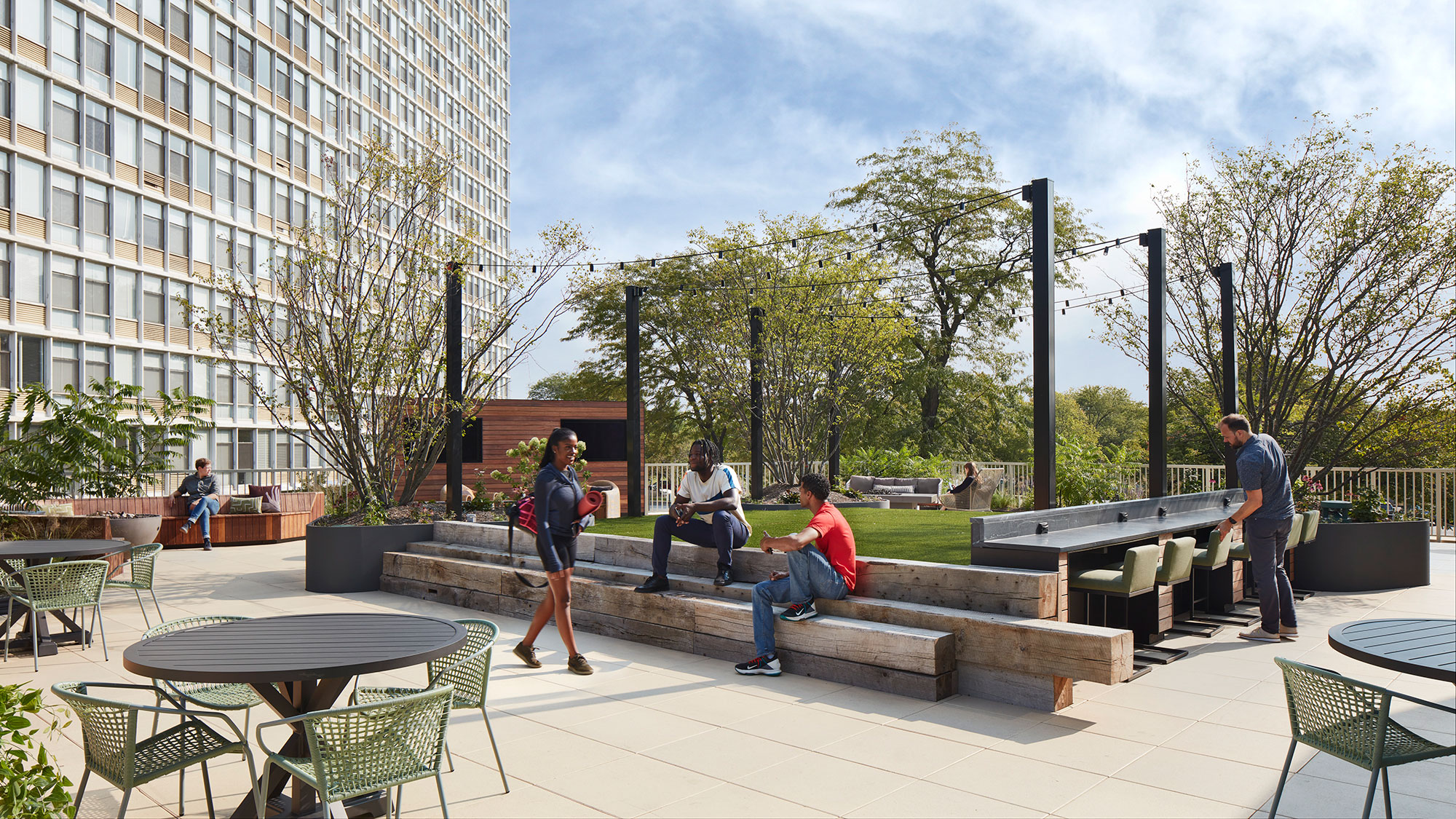
Editor's Note: this article originally appeared on BTRNews.co.uk
The impact of design goes far beyond physical structures; design is a catalyst for vibrant communities and cohesive neighbourhoods. When thinking about social value and elevating the “S” in ESG (Environmental, Social, and Governance), there are some essential elements to consider. Our mission is to create spaces that not only put a roof over people’s heads but that nurture a sense of belonging and well-being within the neighbourhood. It’s about fostering environments that naturally reduce vacancies, encourage resident retention, and organically form cohesive communities. By prioritising these principles, we not only enrich the lives of residents but also lay the foundation for sustainable and thriving developments.
A Culture-First Approach
At the core of our approach to enhancing social value in residential areas is a “culture first” philosophy. For any initiative to succeed, it must be driven by the culture embraced and enacted by residents.
By proactively integrating social and environmental values into the fabric of housing, we attract like-minded individuals who naturally contribute to a vibrant community. This “ethical consciousness” is not imposed but cultivated through a culture of engagement and involvement, facilitated by both the operators and the design of the building. The aim is not to educate but to empower, by designing residential buildings that are physically and operationally conducive to socially and environmentally positive behaviours. This will ultimately attract occupants and create a sense of pride that encourages people to stay.
Creating Social Collision
The concept of “collision” — much friendlier than it sounds — is to create spaces within buildings that promote interaction and connection among residents. By strategically designing opportunities for incidental meetings and interactions, we create environments for people to naturally come together over shared amenities and events. This extends beyond physical layout to encompass the flow of movement within and around the building, ensuring that even small everyday activities like collecting mail or waiting for deliveries become opportunities for social connection.
In our approach, the home becomes not just a living space but an integral part of a wider lifestyle ecosystem. As we all embrace the culture of working from home, we must create potential for fostering connections and collaboration akin to the water cooler concept in traditional office settings. Thoughtful design can transform mundane tasks into opportunities for community engagement.
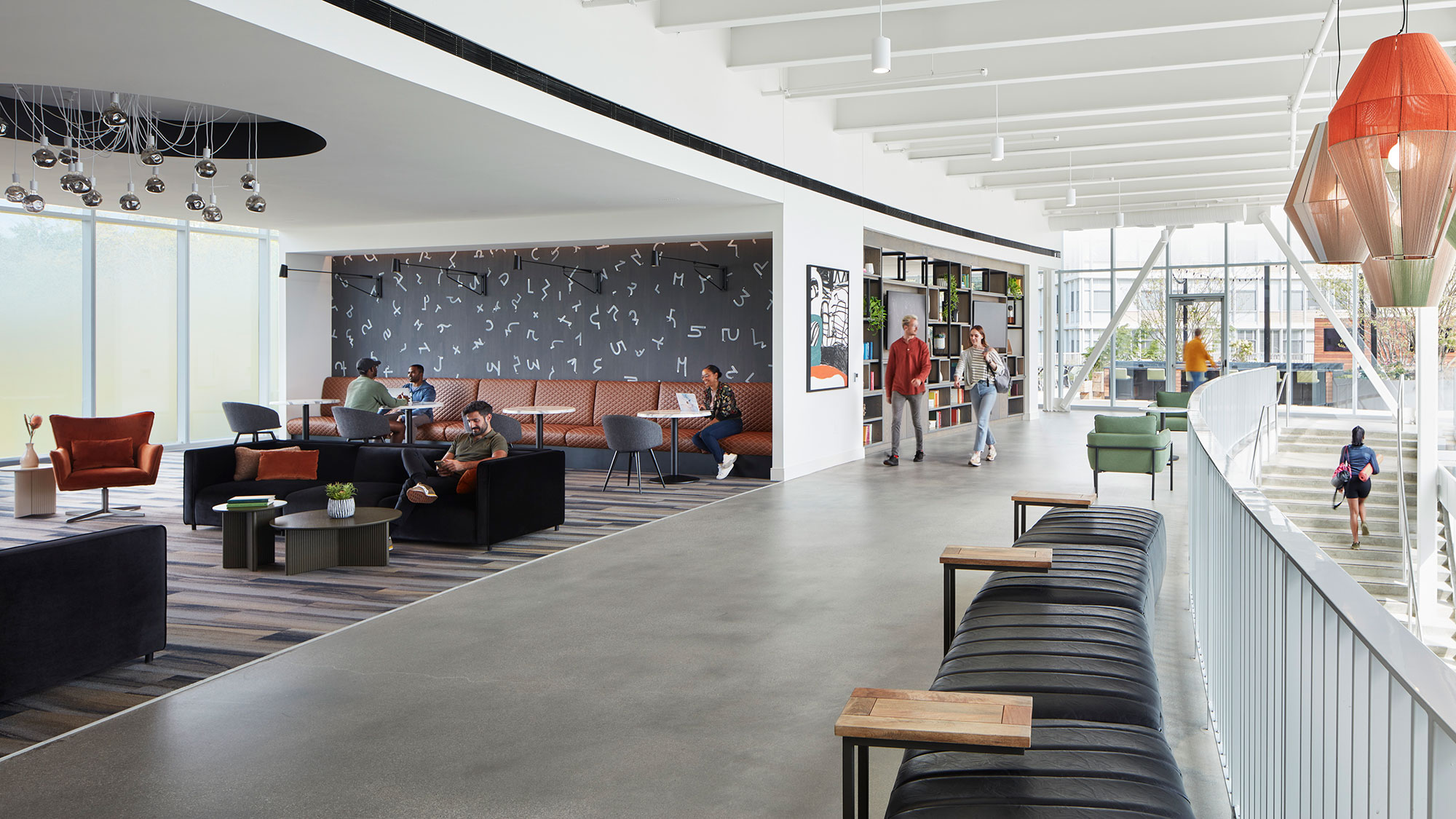
Good Community Is Good Business
There is a symbiotic relationship between community and business success. As architects, we understand that fostering a strong sense of community within residential buildings is not just a nicety — it’s a fundamental business necessity. The likelihood of a resident renewing their lease goes up by 8% if they have made one connection or friendship within their community. Other research shows that knowing seven or more people takes this figure up to 47%. Additionally, people will also reportedly pay up to £150 (about $200 USD) more on rent to stay living in a community with their friends. This isn’t surprising considering “a sense of community” was the top value driver for residents surveyed between 2013 to 2021.
This data underscores the undeniable link between amenity, community, and business success. Amenities in residential buildings, whether co-living or build-to-rent, are drivers for fostering friendships and encouraging resident retention. The longer residents stay, the fewer vacancies and turnovers, leading to stronger financial returns on investment.
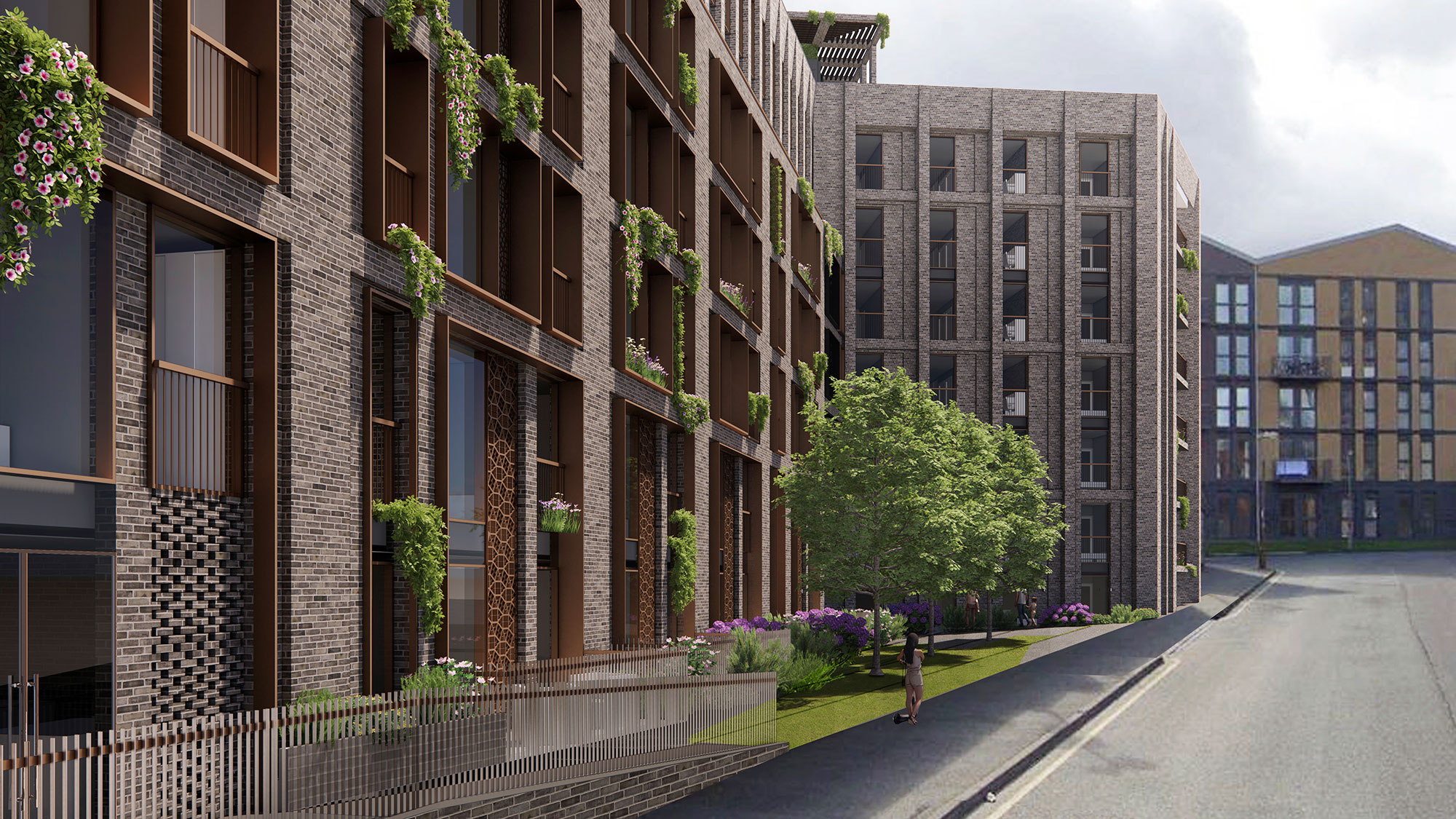
However, the importance of community engagement extends beyond the walls of the building to the planning stages of development. Too often, community involvement during planning consultation is seen as a box to check rather than a genuine effort to integrate with existing neighbourhoods. Yet, this engagement is crucial for laying the groundwork to understand how residents will interact within their surroundings.
Community involvement during the planning process often leads to thoughtful integration of shared spaces and amenities that benefit both residents and the surrounding neighbourhood. By prioritising genuine engagement and collaboration from the outset, developers can ensure that their projects become not just buildings but integral community hubs, driving both social value and business success.
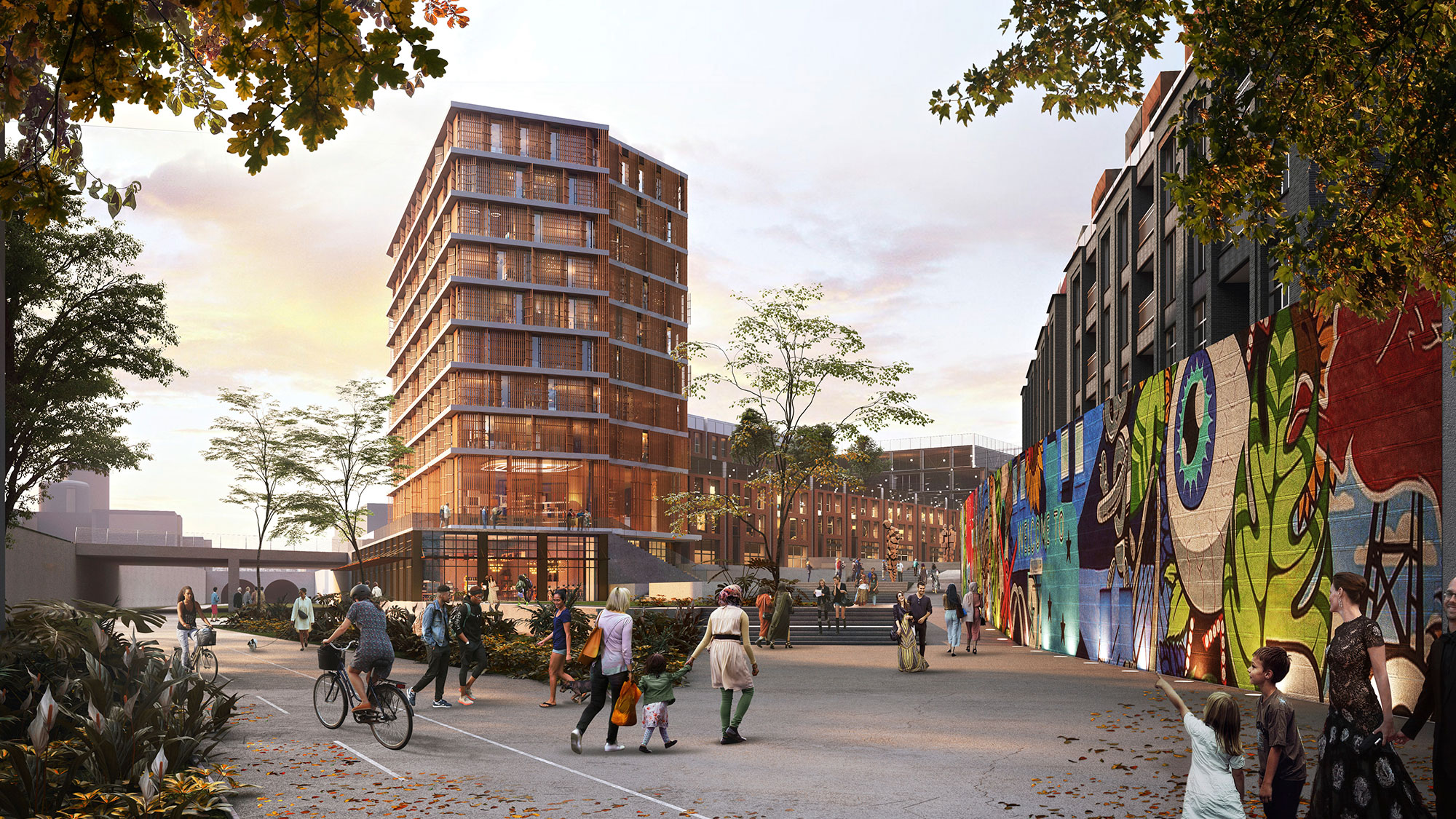
Through innovative initiatives and collaborative efforts, residential communities can become places where residents and locals alike come together to thrive, for example:
- Resident volunteering at local allotments to restore them for community use
- Wellness classes, such as yoga and mindfulness, to promote healthy living
- Pop-up markets to give local businesses opportunities to showcase their products
- Sustainability efforts, such as urban beekeeping and monthly item refills
- Collaborations to raise funds for local charities
- Organising events, such as running tours to promote fitness and explore the local area
- Digital partnerships with local platforms to spread the word about community initiatives and drive engagement
The journey of integrating social value into residential developments underscores a crucial shift in architectural ethos. It’s about more than constructing buildings — it’s about nurturing communities that flourish. As we navigate the evolving landscape of architecture, it is essential to engage clients and investors in conversations about how social impact correlates with financial objectives. By measuring and prioritising social value, we enhance the lives of residents and elevate the overall quality and longevity of our buildings. Ultimately, this commitment is about creating communities that enrich lives for years to come. Our role as architects is to provide the physical infrastructure that enables operators to cultivate thriving communities, enhancing social value and well-being.
For media inquiries, email .

